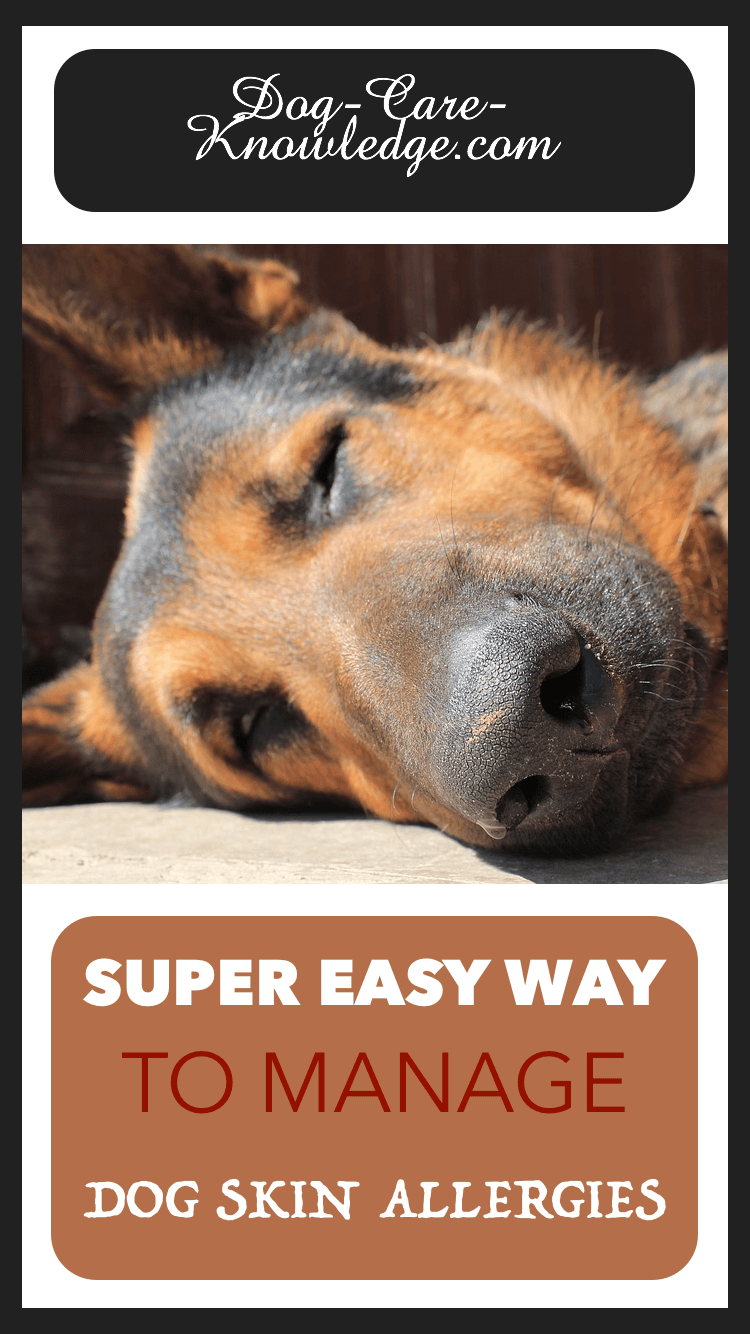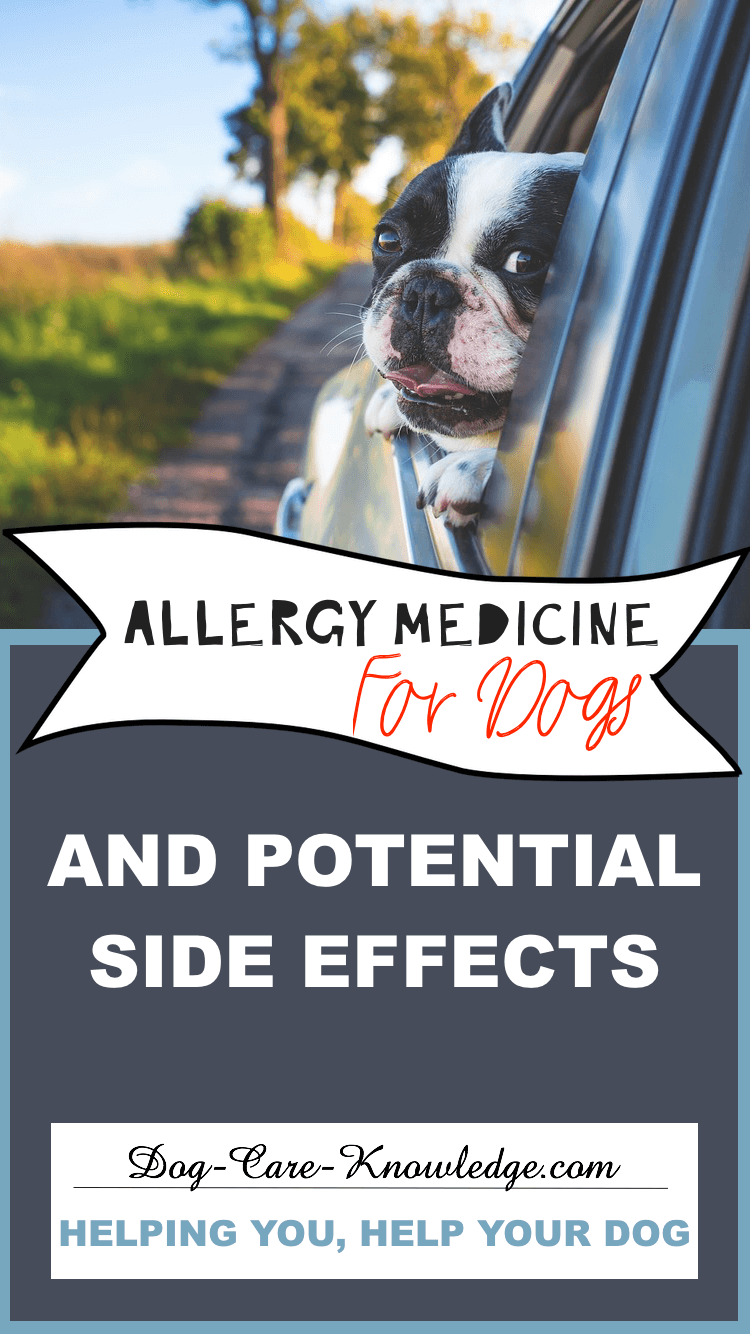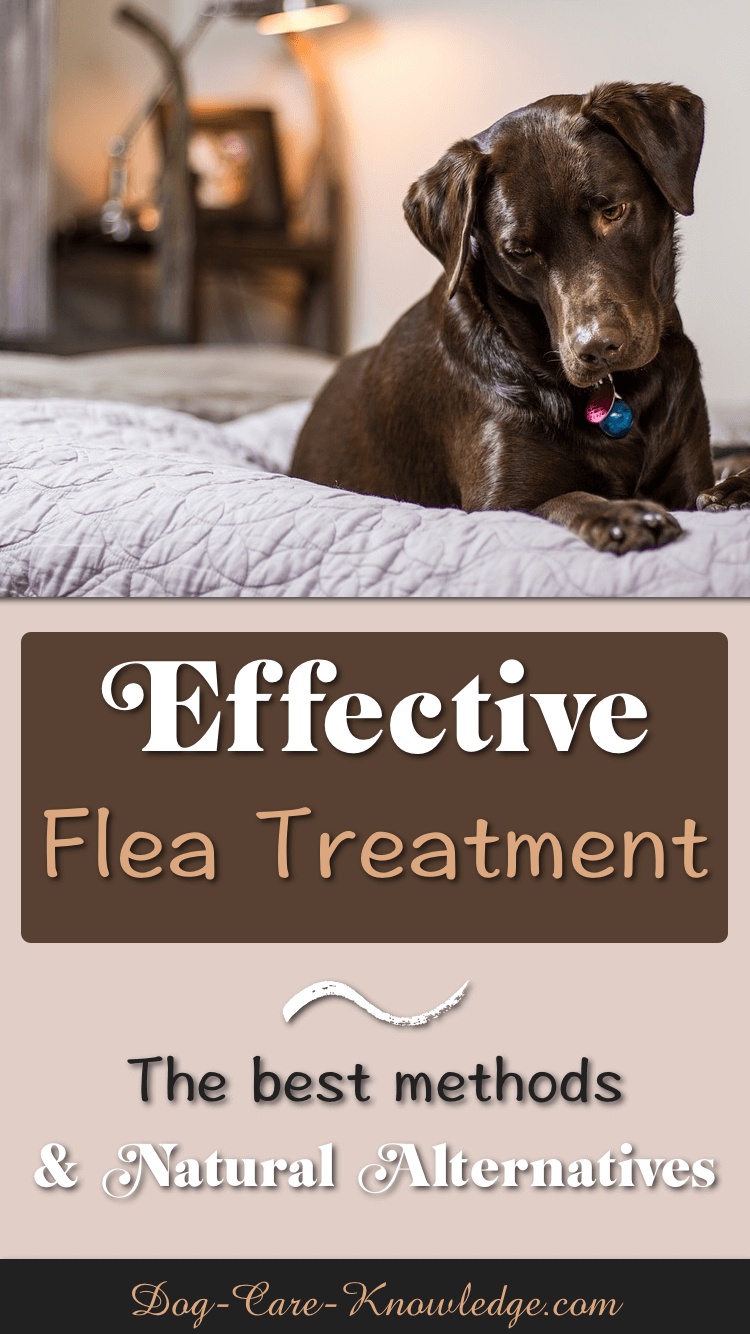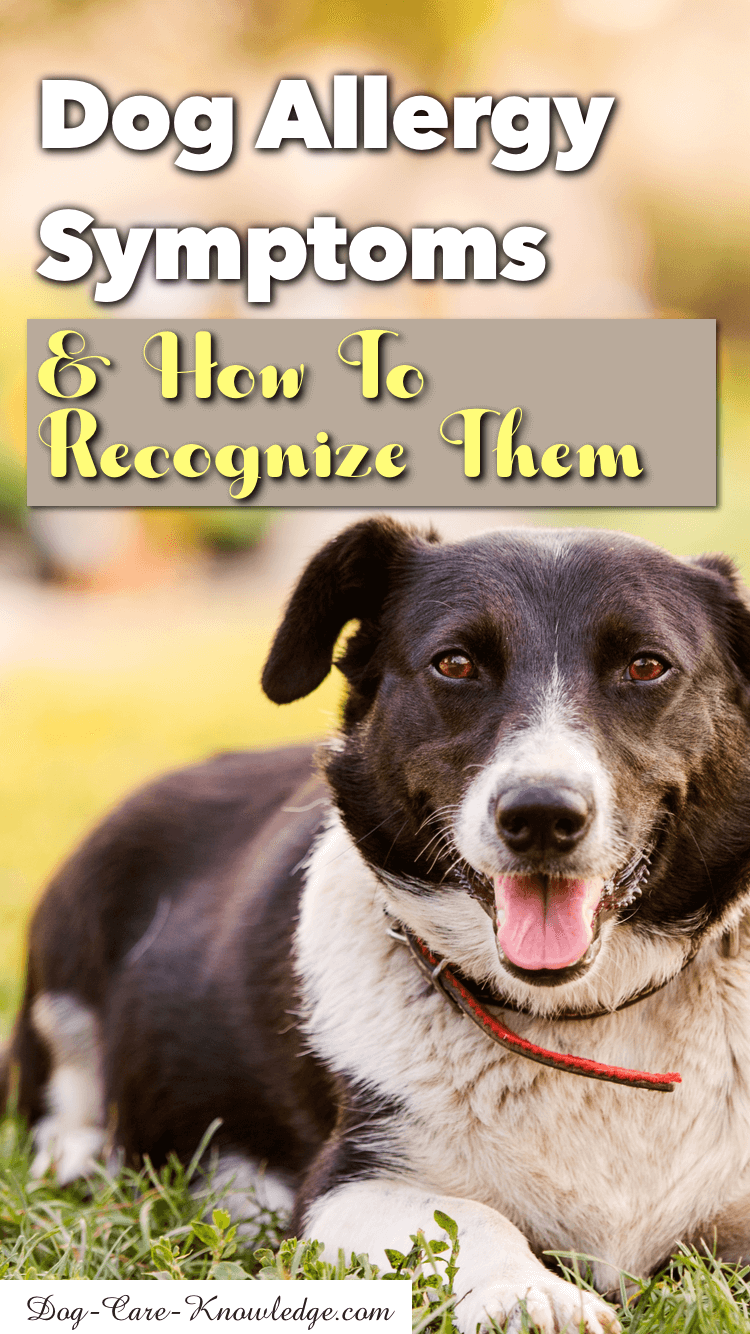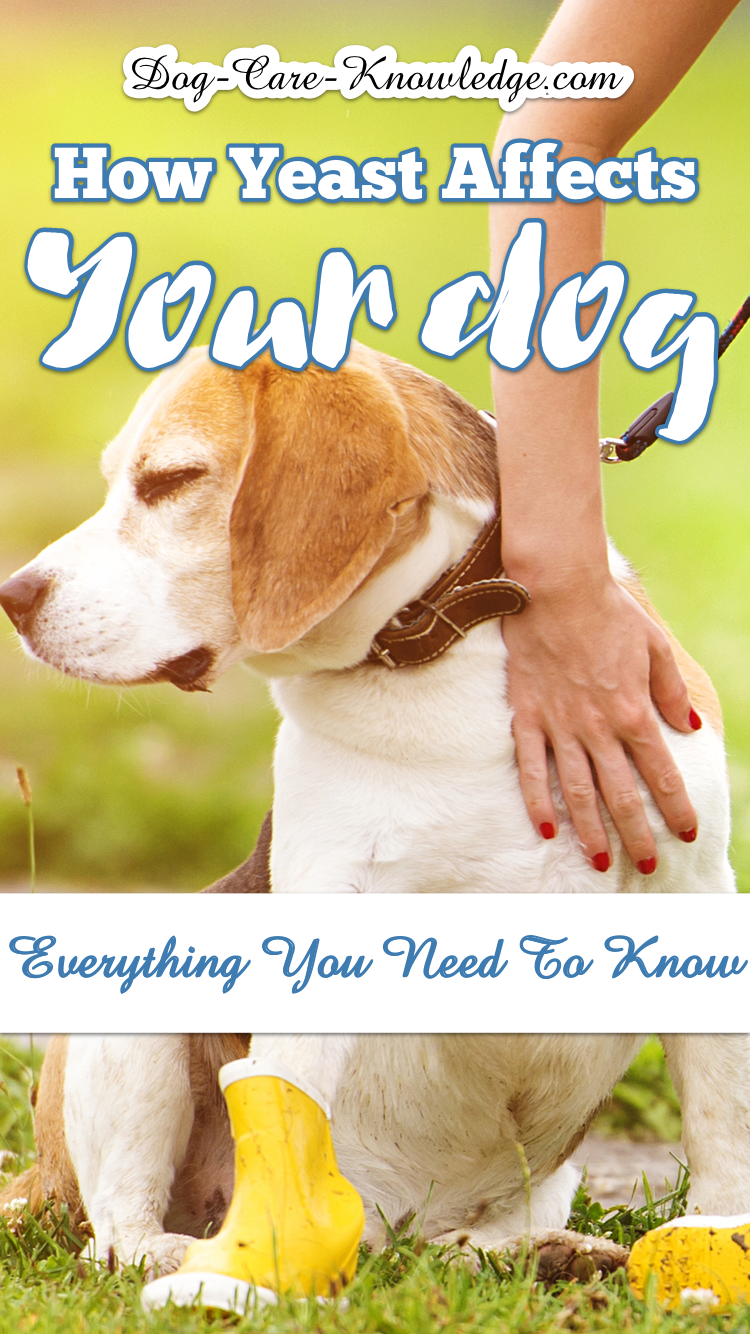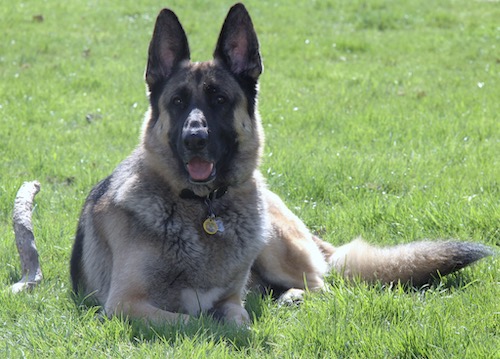- Home
- Dog Allergies
- Dog Skin Allergies
Dog Skin Allergies
If, like me, you've been coping with dog skin allergies, then you might be interested in how I finally managed to control my dog's allergies. Ava, a German Shepherd Dog, had a horrible time of itching and scratching that just got progressively worse.
After many years of trying to treat the symptoms, I eventually found a solution that enabled her immune system to tolerate the substances that were causing the allergic reaction. At last! I was able to reduce the amount of treatment needed to control the symptoms. But, before I tell you how, and I will, let me share with you how Ava's allergies progressed and see if anything sounds familiar with your dog!
The Progression....
Ava started experiencing symptoms of dog skin allergies when she was about a year old. At first she would just get really itchy ears, especially when she was hot. She would shake her head, scratch her ears and, when we really knew she was bothered by them, her ears would stick out to the side instead of straight up.
 Ava's ears when they are good
Ava's ears when they are goodWe would take her to our veterinarians and I would have to do the ear drops for a certain amount of days, anywhere from 5-10, which would clear it up.....for a while.
By the second year, and second season of hot weather, she was still bothered by her ears but now she had started to lick her paws constantly and scoot her butt.
Allergy Medicine For Dogs
After many vet visits, we were only treating the symptoms of her dog skin allergies, NOT, the cause. In fact, at this point, we didn't know it was allergies that were bothering her.
Along with her occasional ear treatments, our veterinarians were expressing her anal glands (just in case it was blocked anal glands causing the scooting) and we were now bathing her in a medicated shampoo, that didn't foam, (ugh).
Her paws had to be cleaned regularly but she was still biting them constantly even after baths twice a week in the non-foaming shampoo.
I tried most of the antihistamines but most of them gave Ava diarrhea so couldn't continue with them.
We did have some success with Apoquel but I was advised not to give her Apoquel for longer than three months. After that time, her immune system could start to be suppressed and a range of other side effects are likely to start or increase.
Side effects of Apoquel include: vomiting, diarrhea, skin growths, weight gain, elevated kidney/liver values, and low white blood cell count. So, after experiencing some relief from the Apoquel I decided to stop the treatment to prevent some nasty side effects. And, I had just learned that one of my friend's dogs had suffered serious liver issues from being on Apoquel for too long.
I did briefly consider steroid use for her allergies, however, after much research, I decided that was NOT a route I was going to go down either. Steroids have many side effects even for short term use, which only increased in magnitude and seriousness for long-term use. In fact, steroids are not recommended for long term use for dog skin allergies. At. All.
Potential Side Effects of Steroids
Short-Term Use
|
Long-Term Use
|
Dog Skin Allergies - Out Of Control
By year three, my veterinarian had diagnosed Ava with dog skin allergies and they had now progressed to being all year round and was getting out of control. I was constantly at the vets for ear drops as her ears were constantly infected, her paws were raw from her licking them, and I was fed up cleaning the carpets after her butt scooting activities! I relayed all this to my regular veterinarian who suggested it was probably time to refer her to a specialist in Veterinary Dermatology.
She explained that a Veterinary Dermatologist would conduct simple skin tests to pin-point exactly what she was allergic to, and, if they find anything, they would create a special allergy vaccine (allergy immunotherapy) that is specific to Ava's allergies.
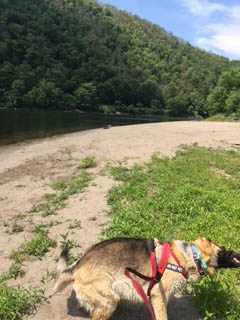 Another good photo ruined by the head shaking.
Another good photo ruined by the head shaking.I must admit, I wasn't keen at first mainly because I didn't want her sedated and shaved!
But, after explaining that it is only a mild sedation and the area to be shaved was only the size of an index card, I decided it was worth a shot.
This was the closest thing to a cure I could imagine without having to constantly treat the symptoms or risk any adverse side effects.
And, most of all, she would finally get some relief from dog skin allergies. And I'd finally get a decent photo of her without her shaking her head!
Veterinary Dermatology Clinic
My vet referred me to Lehigh Valley Veterinary Dermatology (LVVD) who were specialists in dog skin allergies. LVVD are based in Lehigh Valley, PA but if that's not close to you, you can either check with your own vet for a referral or find a qualified Veterinary Dermatologist here.
I called LVVD for an appointment and my veterinarian faxed all of Ava's medical records over beforehand. They went over everything they'd do, including pricing, and also advised not to give her any food before the appointment, due to the sedative.
On the actual day I took Ava to the clinic and dropped her off for a couple of hours. I could've stayed in the reception area and waited but seeing as she'd be in a different room I decided to go to a nearby shopping mall to pass the time.
During her session, they gave her a mild sedative and shaved a small area just under her belly for testing. They then applied a small amount of each common allergen just under the skin to see if there was a reaction.
The reactions were then graded on a scale of 0-4 to determine how allergic she is (or isn't) to each allergen. 0 = no reaction and 4 (or 4+) meaning highly allergic. A vaccine would then be formulated based on her reactions, to help her immune system 'cope' with each of the substances she showed a reaction to.
After a couple of hours I returned to the clinic to collect her and she was absolutely fine. only slightly drowsy, happy to see me, and they said she had been a model patient :)
Ava's Results!
They had the test results immediately and went over them with me.
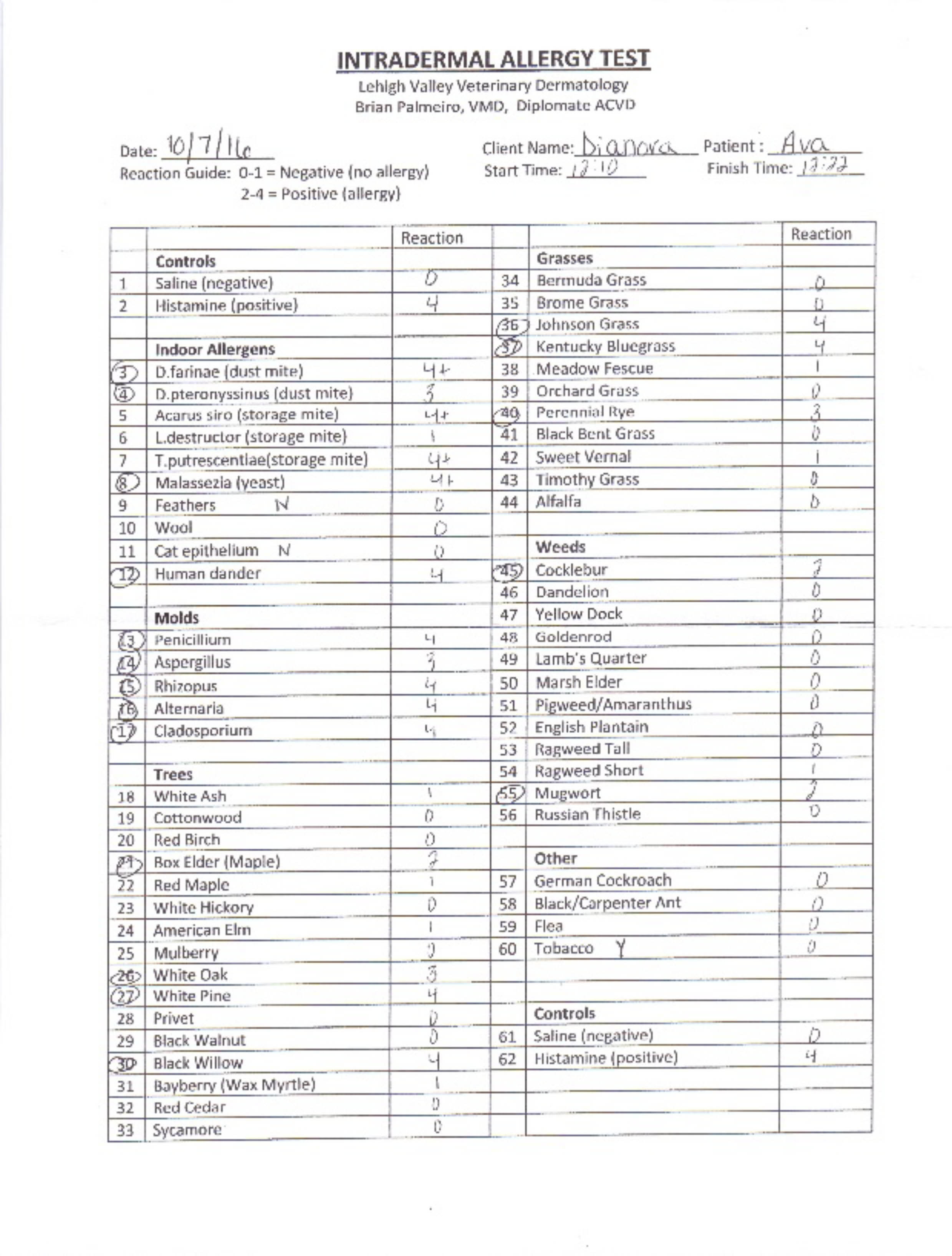
Turns out the big triggers for Ava were yeast, molds, dust-mites, and human dander. Yes, that's right, my dog is allergic to me - well human skin. Just like some people are allergic to dogs, dogs can also be allergic to people.
Now, the easiest solution for dog skin allergies, is to avoid the allergen, in this case humans. Of all the things to try and avoid I was not going to be one of them. If anyone who has a Shepherd knows, they're like Velcro dogs - always by your side. So avoidance of that particular allergen was not going to happen.
As part of the service, they also thoroughly checked her entire skin especially the ears and paws. It was here that they noticed she had a ton of yeast in her ears and paws, and, given that she was allergic to yeast, this is why she had such a huge itchy problem in those areas. Not only is yeast extremely itchy, she was allergic to it! Poor baby.
She also had a secondary ear infection, which is fairly typical for Ava and why I wanted to get the allergies sorted out. She always has an ear infection or is just recovering from one. Now at least I knew what the problem was and had a plan to deal with it in a targeted way.
Once I took her home she did have a small patch of skin that had raised bumps (the test site) that were a bit itchy so they recommended that I apply a 1% hydrocortisone to the area. I did this, and by the next day it was fine and no, they do not need to wear a cone after allergy skin testing! Thank God!
Dog Skin Allergy Treatment
Based on her results, they formulated a customized solution that I would then give her at home on a regular basis. This enabled her immune system to cope with the allergens. This is known as immunotherapy or desensitization - more on that below.
Immunotherapy is the closest thing to a cure for allergies, however, it does take time to really work. Typically between 3-6 months for the treatment to start working and a full year to see maximum results. You can read more about allergy vaccines here.
But the good news is, dogs can be on this treatment long-term without adverse side effects. It even works out cheaper than the constant vet visits and medication required to treat allergy symptoms in the short term. The Veterinary Dermatologist also gave me a whole treatment plan to address her symptoms in the short-term whilst waiting for the allergy shots to kick in.
Short Term Treatment For Dog Skin Allergies
As mentioned, the immunotherapy takes time to get into their system and start working so the Veterinary Dermatologist gave me a plan to cope with Ava's symptoms in the meantime. The idea being that as the allergy vaccine starts to work, her reactions to the allergens will start to lessen, and her dependence on the short-term treatments will decrease. I like that idea!
But, if you're not ready to try the allergy skin testing at this point (it took me three years to get there) then you can try the methods in the short-term plan indefinitely. It's just a bit more work for you.
First, they had to address the ear infection with a one-time solution squirted in her ears. This was by no means the first time she's had that, she typically has this treatment five or six times a year. Sometimes more BUT, I'm happy to say, this was the last time that she has ever needed it. And we're one year later!
Ear Cleaner
They also gave me an ear cleaning solution that I was to use once a week at home to prevent a build up of yeast, until her ears cleared up.
Boost The Immune System - Liquid Salmon Oil
To boost the immune system, I add a liquid omega oils (fish oil) which also helps support the immunotherapy treatment.
Treat The Skin & Paws - Medicated Shampoo
A must for dog skin allergies, is keeping the allergens off the skin. Unfortunately this always involves bathing your dog to rid them of the irritants that bother their skin. If you don't know what your dog is allergic to, or seems allergic to everything, then try a gentle, natural shampoo.
For her paws and skin in general, I used an antifungal, antimicrobial medicated dog allergy shampoo and bathed her at least once a week, but only at first to keep the yeast at bay. I also had to wipe her paws at the end of each day. Again, to keep the yeast at bay but also because she's allergic to mold and human dander.
Antihistamines
Always check with your own vet before giving antihistamines, or any over the counter, medication to your dog. Especially if they are on any other medication or supplements.
Definitely don't give any antihistamine that has a decongestant.
Although not recommended for long term use, the veterinary dermatologist did suggest an over the counter antihistamines to reduce itching.
You also need to limit the use if you're also doing the allergy shots as antihistamines can interfere with the effectiveness of the allergy shots.
Here's what they recommended:
- Ceterizine 10 mg (generic Zyrtec) - NO DECONGESTANT
- Diphenhydramine 25 mg (generic Benadryl) - NO DECONGESTANT
- Loratidine (generic Claritin) 10 mg - NO DECONGESTANT
NO DECONGESTANT
As mentioned above, and worth mentioning again as it's really important, don't get any antihistamine that contains a decongestant. Common names of decongestants are; Afrin, Dristan, Vicks Sinex, (oxymetazoline), Sudafed PE, Suphedrin PE (phenylephrine), Silfedrine, Sudafed, Suphedrin (pseudoephedrine).
Also, don't get any of the allergy medicine that have a D after the name, e.g. Claritin-D. The 'D' stands for decongestant!
Here are the antihistamines that are safe for dogs:
Dog Safe Antihistamines
Ceterizine 10 mg (generic Zyrtec)
Dosage:
- Over 10lbs = 1 x 10mg table once daily.
- Under 10lbs = half of a 10mg tablet once daily.
Loratidine 10mg (generic Claritin)
Dosage:
- 5 mg daily if less than 15 lbs;
- 10 mg daily (or 5 mg twice daily) if 15-39 lbs;
- 10 mg twice daily if over 40 lbs
Diphenhydramine 25 mg (generic Benadryl)
Dosage:
- Give 1mg per pound body weight 2-3 times/day.
- e.g. a 75 lb dog would be getting 3 capsules (25mg each) three times daily – that’s 9 capsules a day!
As you can see above, the dosage for Diphenhydramine (generic Benadryl) is a bit awkward for dogs, however, there is a another version of Diphenhydramine, known as Banophen that is safe for dogs and sold on pet websites and Amazon (see below).
Banophen comes in 25mg minitabs for small dogs and 50mg caplets for larger dogs.
Dosage:
Give 0.5-2 mg/lb of pet's body weight every 8-12 hours
Long Term Treatment - Immunotherapy (Desensitization)
Immunotherapy comprises of administering small doses of the substances that you dog's allergic to which helps boost the immune system allowing your dog to tolerate the allergen previously causing symptoms. The treatment can be given either as an injection or sublingually (under the tongue), but I choose to do the injections.
Immunotherapy - Injections Versus Sublingual
The biggest difference between the two methods (apart from the delivery) is that the sublingual method will have to be given daily, usually twice a day and the injections can be given less frequently, usually every two or three weeks.
I choose to go with the injections purely because I didn't want to do it every day. I must admit, my mind was set on doing the sublingual method at first but the vet was more than happy to provide training on giving injections and honestly, it was so easy I decided to go with the method that was much less frequent!
Allergy Shots For Dogs
I was instructed to start the Immunotherapy treatment two days after the allergy testing. It starts really gradually with just one small amount injected into the scruff of the neck daily. Over the course of the first month the amount is increased and the frequency is decreased until you are giving one full shot, once every three weeks. But you don't need to work anything out they give you a chart to follow.
I was a bit nervous at first and was hesitant to stick the need in but the needle is so small I don't think she even feels it. She also responds a lot differently to me giving her allergy shots at home than she does when she gets shots at the vets. When I do it at home, she is more relaxed and always gets a walk afterwards.
Ava has the injection every three weeks during winter and every two weeks during allergy season; spring and summer. Your vet will work out the best schedule for your dog based on his particular dog skin allergies.
Immunotherapy Treatment for Dog Skin Allergies Without Testing
Now, if you like the sound of immunotherapy treatment but don't want your dog to undergo allergy testing, there is now a way to do so. It's called RESPIT - Regionally Specific Immunotherapy. RESPIT was formulated by a veterinarian to allow for standardized immunotherapy treatment based on the geographic region you (or rather your dog) lives in.
RESPIT contains the most common and important allergenic substances of that region rather than the specific allergens your dog is allergic to. It also comes as an injection as well as an oral solution. I believe this is only available through your veterinarian but you can find out more on RESPIT here.
Alternative Treatment for Allergies
If you want to try a more natural approach, then you would do well to follow the advice and guidelines set out by Sara Rooney - a Canine Naturopath, Research Scientist and Zoologist. Sara wrote a unique book "Heal Your Dog Naturally" based on her many years of research and experience.
In this book Sara reveals how you can achieve optional health for your dog including resolving skin conditions in dogs. In fact, when you purchase her main book you'll also get a free e-book on treating canine skin conditions naturally which may be all you need to address your itchy dog anyway!
Heal Your Dog Naturally comes with 3 free bonus e-books:
- “Canine Cancer – Treating It The Natural Way”
- “Canine Skin Conditions – Treating Them The Natural Way”
- “Natural Treats For Dogs – Easy To Make Natural Treats That Your Dogs Will Love”
Finally!
I know it can be difficult dealing with dog skin allergies, I know only too well the struggles you face, I've faced them too. But I hope I've shown you that there is a way to manage the symptoms and even a way greatly reduce the symptoms. The method you choose is entirely up to you.
If you want to get maximum relief from the symptoms then I would advise going for the long term treatment of immunotherapy. Whether you do testing first or opt for the RESPIT method, again, is your choice.
If you aren't ready for that, then you can try all the options in the short-term plan here. I'm betting you'll still get relief for your dog, it'll just be a bit more work for you.
Ava is one year into her treatment and is experiencing a huge reduction in her dog skin allergies. We've just gone through our first summer without any ear flare-ups, at all. I've had to clean them a couple of times because I noticed some gunk in there but nothing that's lead to an ear infection and the head shaking and scratching has stopped.
We've gone from twice weekly baths to just once a month, which I think is a normal schedule for bathing anyway! Sometimes I need to clean her paws and butt in-between baths when I see her start to lick or scoot, but only once or twice and she doesn't gnaw at her paws like she used to - that used to be a daily ritual, and multiple times a day.
All-in-all I would say she has had about a 75-80% reduction in allergy symptoms and her skin and coat is looking great!
